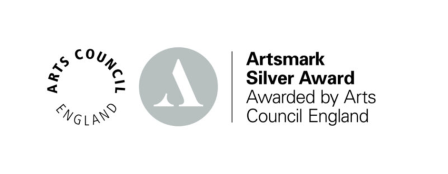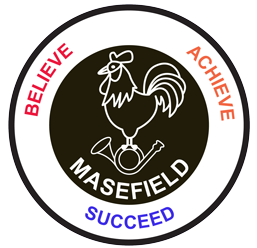Learning and Curriculum
Art and Design
Statement of Intent for Art and Design
The Art and Design curriculum at Masefield is rooted in the belief that art provides a medium for pupils to understand and evaluate the thoughts, feelings and ideas of others and to express their own. Art and design embody some of the highest forms of human creativity and we believe that it is our duty to develop cultural appreciation of art and to develop knowledge of key individuals and their contributions in this field. It is through these key principles that we engage, inspire and challenge pupils whilst equipping them with knowledge and skills to explore, invent and create their own works of art and craft.
At Masefield, Art and Design is taught as a discrete subject in order that the development of knowledge and skills is taught meaningfully and explicitly. Naturally, links are made to other areas of the curriculum but this does not dilute the quality and entitlement of high quality Art and Design teaching.
Art and Design Curriculum
The school’s long term plan for Art and Design sets out the content of teaching within in each year group. This is supported by the school’s Art and Design progression document which demonstrates learning outcomes within each strand of development within an Art and Design unit. Short term planning details how this content is developed over a series of lessons within the unit of work. The organisation of the Art and Design curriculum provides structured opportunities for pupils to:
-
record responses, including observations of the natural and made environment;
-
gather resources and materials, using them to stimulate and develop ideas;
-
explore and use two and three-dimensional media, working on a variety of scales;
-
review and modify their work as it progresses;
-
develop understanding of the work of artists, craftspeople and designers from a range of times and cultures, applying knowledge to their own work;
-
respond to and evaluate art and craft including their own and others’ work;
-
show development in their ability to create images;
-
understand and apply the basic principles of art and craft to include: Line, tone, texture, shape, form, space, pattern, colour, contrast, composition, proportion and perspective;
-
realise their ideas and sustain a level of working from start to the completion of a project or a piece of work.
Art and Design Policy
Knowledge Organisers for Art and Design
Below is an example knowledge organiser from each year group for Art and Design:
These are sent home each half term as part of the curriculum overviews. EYFS Knowledge Organisers can be found in the EYFS tab.
High quality texts underpinning our Art and Design curriculum
Art and Design is promoted throughout our core lessons at Masefield which means knowledge and vocabulary is consistently being revisited throughout the curriculum. We use high quality fiction and non-fiction texts to inspire our children to create high quality pieces of writing, encourage the love of reading and embed their Art and Design skills further.
Our Award Winning Art and Design Provision
Artsmark Silver Award - Achieved 2019
 Masefield holds the Silver status for Artsmark. Artsmark is Arts Council England’s flagship programme to enable schools and other organisations to evaluate, strengthen and celebrate their arts and cultural provision. This award is currently being renewed.
Masefield holds the Silver status for Artsmark. Artsmark is Arts Council England’s flagship programme to enable schools and other organisations to evaluate, strengthen and celebrate their arts and cultural provision. This award is currently being renewed.
Other Relevant Information
Below you will find more information relevant to the teaching of Art and Design at Masefield Primary School.
